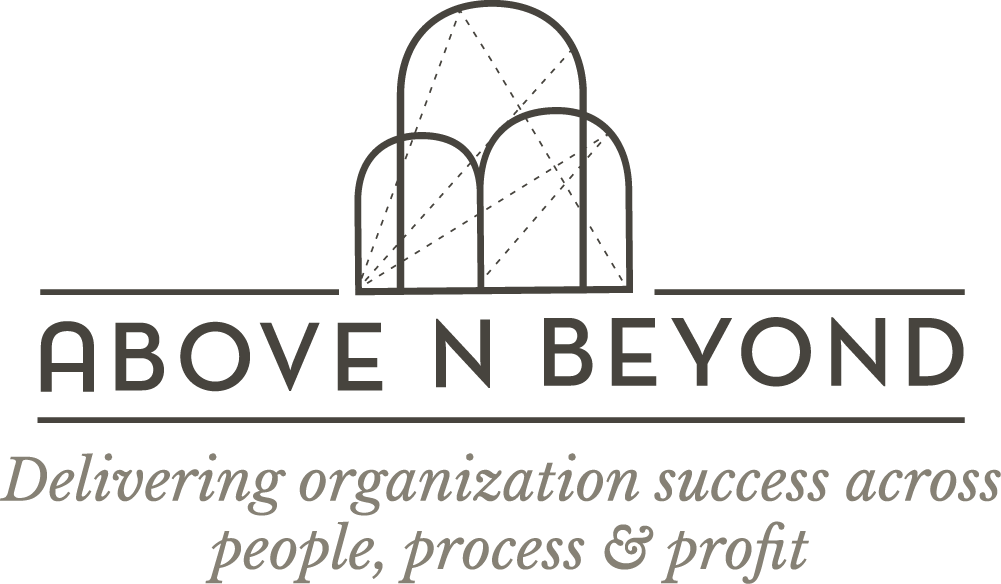What Does it Take to Drive a Successful Transformation?
We live in a competitive, dynamic age where change is the only constant. All around us, we see organisations that are in the race to transform so that they are prepared to survive and thrive in the new reality. Yet, a large percentage of transformations fail miserably. As per Mckinsey, a whopping 70 percent of complex, large-scale change programs don’t reach their stated goals
Most organisations underestimate the impact that a transformation has their day-to-day operations. Orchestrating a company-wide transformation is more complex than it appears. In our work with clients, we find that organisations sometimes place a disproportionately high focus on the ‘science’ of transformation. Which processes should we deploy? What tools and technologies should we invest in? etc. In the process, they end up neglecting the very crucial ‘soft’/behaviour side of things.
This is unfortunate because while changing processes and tools is a pretty straightforward process, it doesn’t achieve much unless there is a concerted effort to influence the mindsets and behaviours of people who need to adapt to the change.
Here are some points that we found useful, as we help our clients make the transition successfully:
The Right Leader
Most leaders today are undoubtedly competent and have expertise in their domains. What we have found, however, is that they tend to favour a more hierarchical, vertical leadership style. Transformations, on the other hand, require leaders who can drive more horizontal teams that can collaborate seamlessly. The organisation’s chief role is to provide an environment that encourages and is conducive to teamwork. The leader then needs to let their people be without micro-managing or interfering. Once the problem is defined correctly at the top level, it is up to the team to apply themselves and come up with solutions.
Leadership often fails to get behind this enthusiastically. One reason is that top leaders tend to be old school and are uncomfortable with the transformation mindset – either because they perceive it as a threat or as an identity crisis.
The Courage to Take Tough Calls
People are generally afraid of change and try to resist it as much as possible. So, they often believe that a transformation has a greater chance of success if it is designed to have a minimal effect on people. While that would be more convenient, transformations simply don’t work that way. The focus of any transformation needs to be on the larger picture while considering the impact on people and preparing them for success. This could involve taking some tough calls, which a leader must take fearlessly.
A ‘Learning’ Culture
While there is no good or better culture, the transformation will be smoother when it is based on a culture that encourages adequate discussion on questions such as ‘why are we doing this?’, ‘what does success looks like?’ and ‘what is the point of doing this?’. Once there is consensus on what success looks like, we need to define:
- Structure: There should be clarity on what is whose job, who reports to whom, role boundaries and accountabilities etc.
- Systems: This includes defining the environment and formal ways of working together.
- Self: At an individual level, a collaborative mindset combined with clarity on ‘What is in it for me’ is important.
Culture is the one thread that holds the entire initiative together and makes it work. A balanced approach, a self-critical attitude, the courage to take tough calls, and the ability to question the status quo while looking beyond the hierarchy are the most crucial factors for success.
